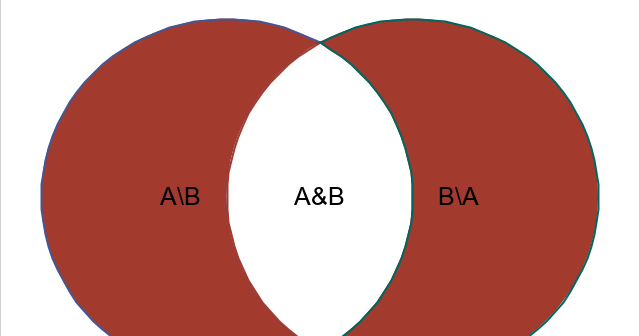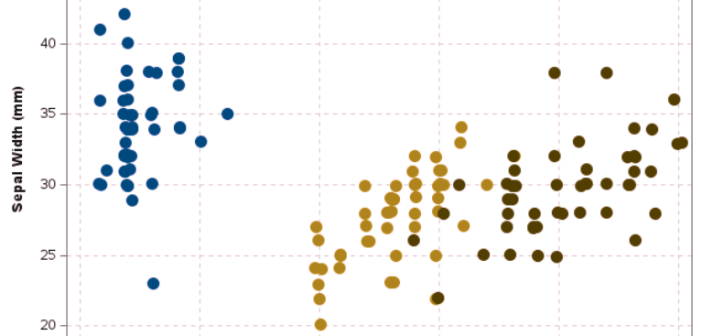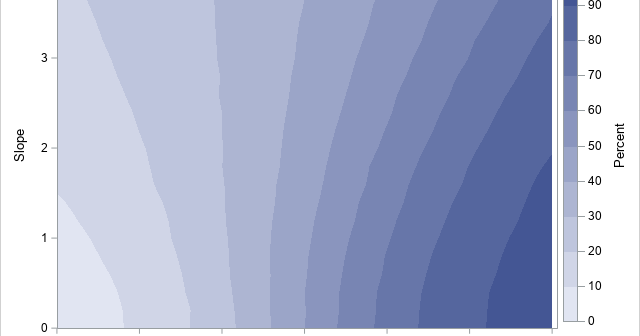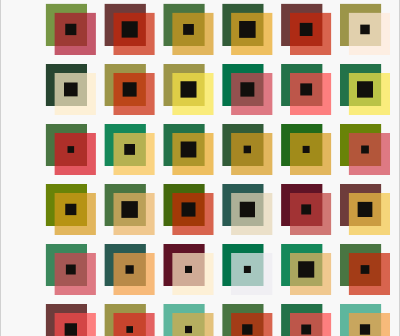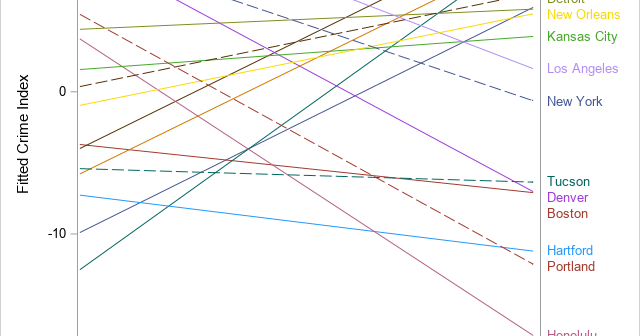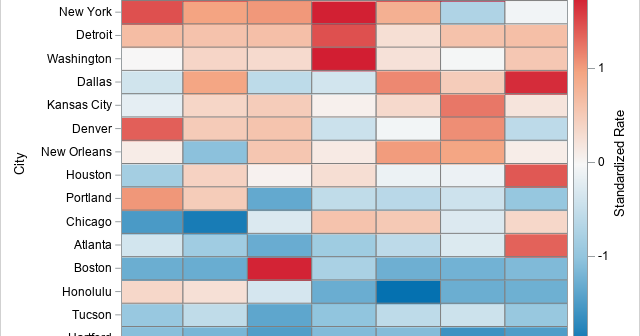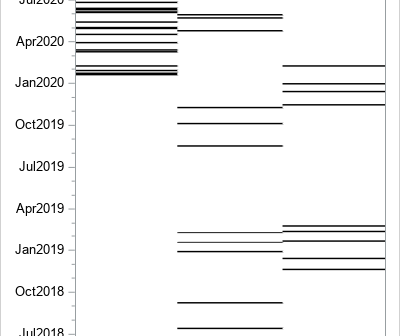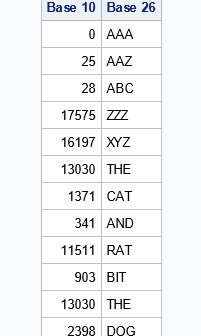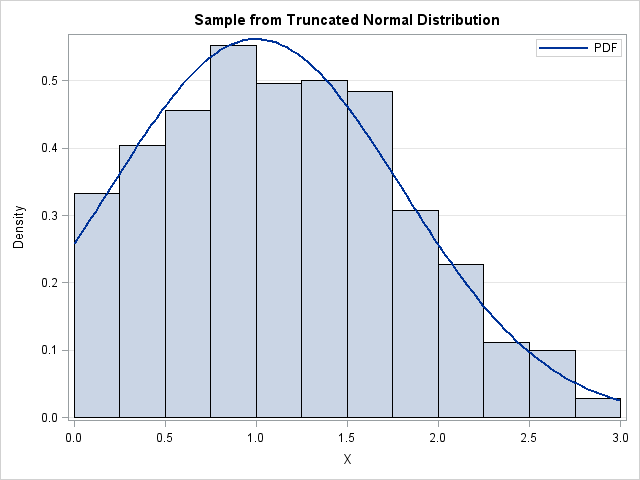
When the SAS statistical graphics (SG) procedures were designed in the early 2000s, a goal was to create a comprehensive Graph Template Language (GTL) and leverage the GTL by using SG procedures that perform common tasks easily without having to write any GTL. This project was hugely successful, and "ODS

